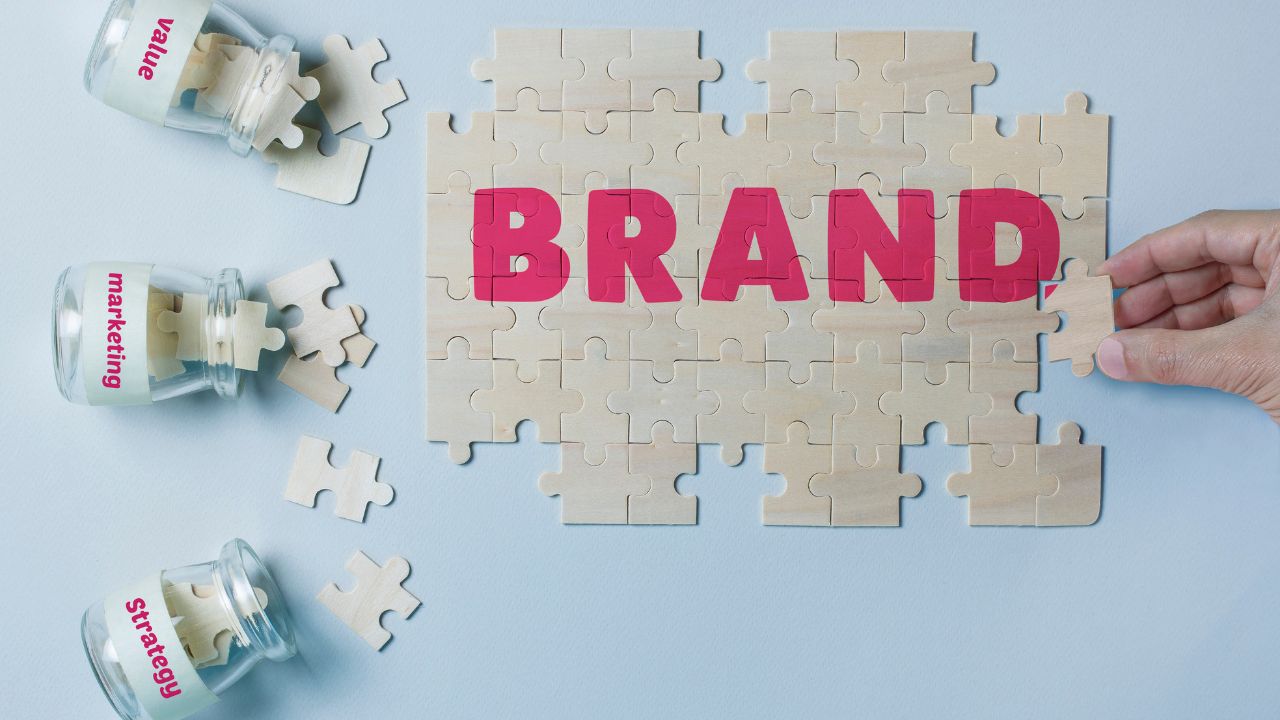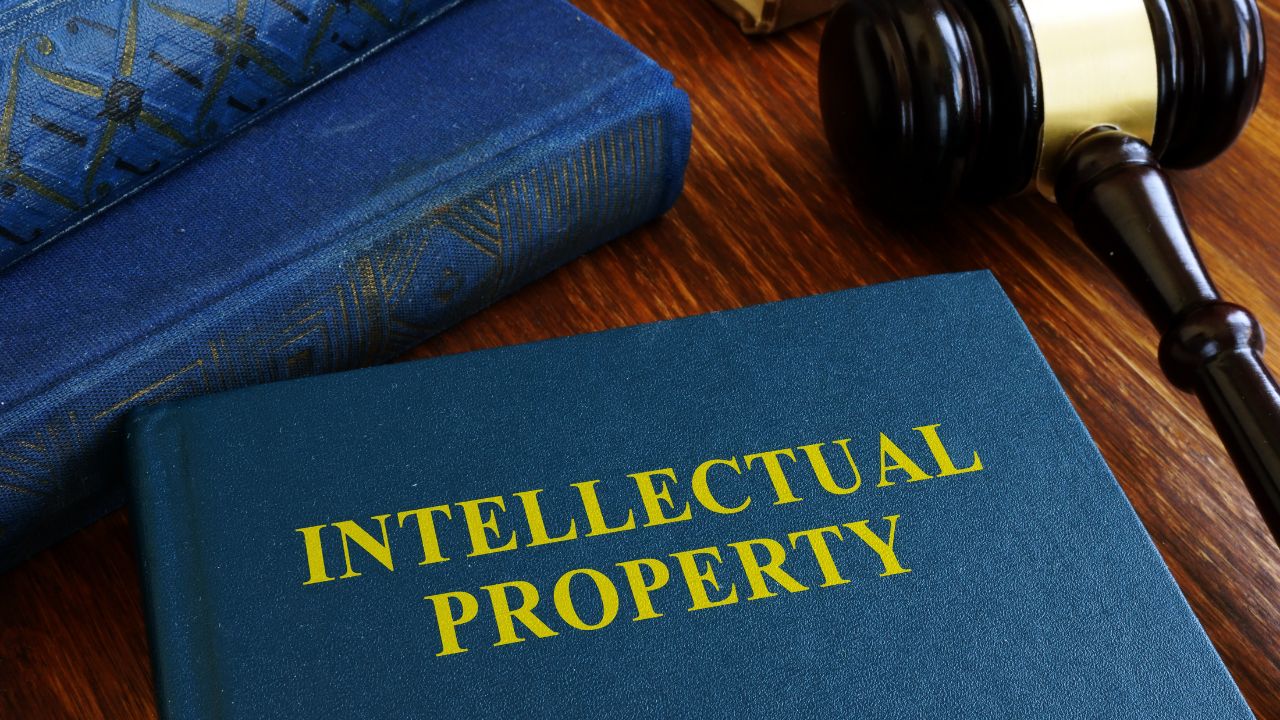Have you ever wondered why you see your favorite movie characters on a lunchbox or a popular designer’s logo on a set of bedsheets? This is brand licensing in action. It’s a powerful strategy that allows companies to expand their reach and connect with consumers in new ways. But how does brand licensing work exactly?
It’s a process where a brand owner grants another company permission to use their brand name, logo, or characters on products or services. The brand owner charges a fee, typically a percentage of sales, for this permission. In this guide, we’ll explore the real-world mechanics of brand licensing, from finding the right partner to signing the agreement and bringing a licensed product to market. We will unpack how this strategy can significantly increase brand awareness and drive revenue.
What is Brand Licensing?
At its core, brand licensing is a legal partnership. One party, the licensor, owns the brand’s intellectual property (IP). This includes trademarks, copyrights, and logos. The other party, the licensee, wants to use that IP on their own products.
Think of it like renting. The licensee pays to “rent” the brand’s identity for a specific product category and a set period. This creates a mutually beneficial arrangement. The licensor earns money and gains exposure in new markets without investing in manufacturing. The licensee leverages the power of an established brand to sell more of their products, boosting their retail sales and market presence.
A brand licensing agreement governs the entire framework and outlines every aspect of the partnership.
The Key Players in a Licensing Deal
To understand how licensing works, it’s helpful to know who is involved. Every deal has two primary parties:
- The Licensor: This is the company or individual who owns the brand. They are the brand owners. Their goal is to find trustworthy partners who can represent their brand well and expand its footprint. A licensor’s primary responsibility is to protect its intellectual property and maintain a consistent brand image.
- The Licensee: This is the company that wants to license a brand. They are often manufacturers or service providers with expertise in a specific product category. They see a licensing opportunity as a way to stand out from the competition by using the name recognition of an established brand.
Sometimes, a licensing agent is also involved. These agents act as matchmakers, connecting licensors with potential licensees and helping to negotiate the terms of the deal.
The Brand Licensing Process: A Step-by-Step Guide
Bringing a licensed product to life involves several critical steps. The process ensures that the partnership is a good fit and that the final product meets the standards of both parties.
1. Identifying the Licensing Opportunity
It all starts with a strategic decision. Brand owners might look for a licensing opportunity to enter a new market. For example, a food brand could license its name for a line of kitchen gadgets. Conversely, a manufacturer might seek a popular brand to put on its products to drive sales. This stage involves market research to see if a partnership makes sense and has the potential for success.
2. Finding the Right Partner
This is arguably the most crucial step. A licensor needs a licensee with a strong track record in product development, manufacturing, and distribution. They also need a partner whose values align with their brand. A luxury brand, for instance, wouldn’t partner with a manufacturer known for low-cost, mass-market goods.
Licensees, on the other hand, look for brands that resonate with their target audience. A toy company would seek a partnership with a popular children’s entertainment franchise. The goal is to find a brand that adds genuine value to its product.
3. Negotiating the Brand Licensing Agreement
Once a potential partner is found, negotiations begin. This culminates in the brand licensing agreement, a legally binding contract that covers all the details. Key components of this agreement include:
- The Grant of Rights: This section clearly defines what intellectual property IP is being licensed (e.g., which logos, characters, or names). It also specifies the product categories the licensee can create and the geographical territories where they can sell them.
- The Term: This outlines how long the agreement will last, typically ranging from one to five years, with options for renewal.
- Financial Terms: This is where the royalty rate is defined. The royalty rate is the percentage of sales that the licensee pays to the licensor. It also covers any advance payments or minimum guarantees.
- Quality Control: To protect their brand image, licensors include clauses that give them approval rights over product design, prototypes, and marketing materials. This ensures every licensed product meets their standards.
4. Product Development and Approval
With the agreement signed, the licensee begins the product development process. They will create concepts and prototypes for the new licensed merchandise.
Each step of the way, the licensor provides feedback and approval. This quality control process is essential to ensure the final product is a good representation of the brand. For a brand to be successfully licensed, this collaborative effort must be seamless.
5. Launch and Retail Sales
After the final product is approved, the licensee manufactures and distributes it to retailers. The marketing teams from both companies often work together to promote the licensed product. As the products sell, the licensee tracks retail sales and pays the agreed-upon royalty rate to the licensor.
What Is the Most Important Part of a Brand Licensing Agreement?
While every section is important, the “Grant of Rights” and “Quality Control” clauses are arguably the most critical. The Grant of Rights precisely defines what the licensee can and cannot do, preventing brand dilution. The quality control clause allows the licensor to protect its brand image and reputation, which is its most valuable asset.
Real-World Benefits of Brand Licensing
The licensing industry is massive because the strategy offers tangible advantages for both licensors and licensees. Let’s look at some key benefits of brand licensing.
For the Licensor (Brand Owner):
- Increased Brand Exposure: Licensing takes your brand into new aisles of the store and into the homes of new consumers. This helps to increase brand awareness and keep it top-of-mind.
- New Revenue Streams: Royalties from licensing can create a significant and steady income stream with very little financial risk or investment.
- Strengthened Consumer Connection: Seeing a beloved brand in new and interesting forms can deepen customer loyalty and engagement.
- Protect Your Intellectual Property: Formal licensing agreements establish legal protection and control over how your brand is used by others.
For the Licensee (Manufacturer):
- Instant Brand Recognition: Using an established brand gives a product immediate credibility and helps it stand out on crowded retail shelves.
- Reduced Marketing Costs: The brand’s existing popularity does much of the marketing work for you, allowing you to reach a built-in audience.
- Access to New Retail Channels: Strong brands often have existing relationships with major retailers, which can open doors for a licensee’s products.
- Higher Sales Potential: Consumers are often more willing to buy, and even pay a premium for, products featuring a brand they know and trust.
Success Stories from the Licensing Industry
The power of brand licensing is evident everywhere. The entertainment industry is a great example. Think of Star Wars. Decades after the first film, you can still find everything from LEGO sets to pajamas featuring its iconic characters. This licensed merchandise keeps the brand alive between movie releases and generates billions in revenue.
Another great example is Caterpillar, the construction equipment company. Through smart licensing, they have successfully licensed their rugged, durable brand image to a line of work boots, apparel, and even smartphones. This has transformed Caterpillar into a global lifestyle brand, extending far beyond construction sites. Organizations like Licensing International provide resources and insights that help fuel this dynamic industry.
Is Brand Licensing Right for Your Business?
Brand licensing is a powerful tool, but it requires careful planning and execution. For brand owners, you must be prepared to manage partnerships and enforce quality control to protect your brand. It is a long-term commitment, not a quick way to make money.
For potential licensees, you must be sure that the brand you want to license a brand from truly aligns with your product and target market. The royalty rate and other financial commitments also need to make financial sense for your business model.
Ultimately, understanding how brand licensing works is the first step toward leveraging its immense potential. When done right, it creates a powerful synergy where everyone, including the consumer, wins.
Ready to explore how strategic marketing can elevate your brand and unlock new opportunities like licensing? Visit Marketing Immersion to discover expert insights and services designed to help your business thrive.






